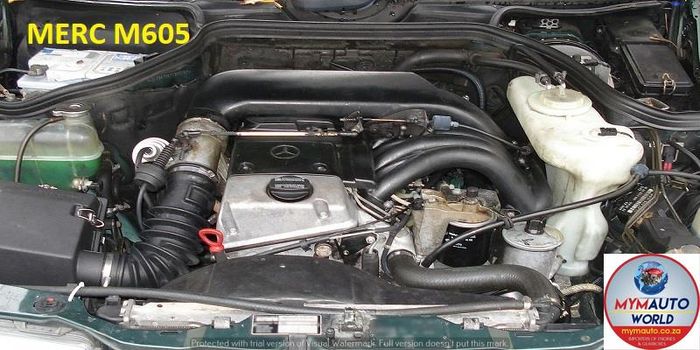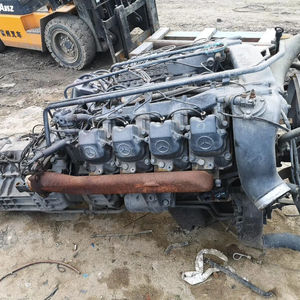Discovering the Inner Functions of a Compact Vehicle's Engine System
As vehicle drivers, we typically take for provided the complex processes that occur within the boundaries of our lorry's engine system. In this exploration of a portable vehicle's engine system, we will certainly untangle the inner functions of this mechanical symphony, losing light on the mysteries that drive us ahead on our day-to-day trips.
Combustion Process Summary
The combustion process in a portable car's engine system is an important system that efficiently transforms fuel into energy to power the lorry. This process happens within the burning chamber of the engine, where gas and air mix, ignite, and create regulated surges. The burning procedure is composed of 4 main phases: intake, power, exhaust, and compression.
Throughout the intake phase, the piston relocates downward, pulling in a mixture of air and fuel into the combustion chamber. The following stage, compression, includes the piston relocating upward, pressing the air-fuel combination to raise its potency. Consequently, in the power stage, the spark plug sparks the pressed blend, leading to a fast expansion of gases that compels the piston back down. This down activity produces the power needed to drive the automobile. Ultimately, in the exhaust stage, the burnt gases are eliminated from the combustion chamber with the exhaust shutoff, preparing the chamber for the next cycle. This cyclic burning procedure is fundamental to the operation of a compact car's engine system, ensuring effective power conversion for propulsion.
Piston and Cylinder Interaction

The piston's exact fit within the cylinder is crucial for preserving ideal compression and stopping power loss during combustion. Tight clearances in between the piston and cyndrical tube walls guarantee effective securing, permitting the piston to relocate smoothly without enabling gases to leakage past. Appropriate lubrication is additionally important to lower friction and put on in between these parts, enhancing longevity and efficiency.
Furthermore, the design and products made use of in producing the piston and cylinder effect engine performance and longevity. Modern engines typically employ lightweight yet long lasting materials like light weight aluminum alloys for pistons and cylinder liners to lower inertia and improve thermal efficiency. Overall, the unified interaction in between the piston and cylinder is essential to the engine's functionality and total performance.
Gas Injection System Functionality
Gas shot systems in compact lorry engines play an essential role in exactly delivering gas to the burning chamber for effective and controlled ignition. The fuel injection system functions by injecting gas right into the combustion chamber at the ideal moment during the engine's procedure (opel corsa engine). This specific timing makes sure that the gas mixes evenly with the air for appropriate combustion, causing boosted gas effectiveness and lowered emissions
There are mainly 2 kinds of gas injection systems made use of in small vehicle engines: port gas injection (PFI) and direct gas shot (DFI) PFI systems inject fuel into the consumption port before the consumption valve, while DFI systems infuse fuel straight into the burning chamber. Both systems have their benefits, with DFI providing far better fuel atomization and PFI supplying a more cost-effective solution.
Recognizing Engine Cooling Systems
Effective operation of a compact automobile's engine relies greatly on the performance of its cooling systems. Engine air conditioning visit the website is important to stop getting too hot, which can lead to major damage and lowered efficiency. The air conditioning system in a compact automobile commonly includes several components collaborating to control the engine temperature. One crucial part is the radiator, which makes use of coolant to take in heat from the engine. As the warm coolant moves via the radiator, it releases warm into the air, cooling prior to returning to the engine. The water pump circulates the coolant with the engine and radiator, guaranteeing a consistent circulation to regulate temperature level. In addition, the thermostat helps manage the coolant flow to preserve optimal engine temperature level. Some lorries likewise have cooling down fans that turn on when added air conditioning is required, such as during rush hour or heat. Recognizing these engine cooling mechanisms is important for preserving the efficiency and durability of a small car's engine system.

Exhaust System Components Explained
The optimal functioning of a portable automobile's engine cooling mechanisms depends on a corresponding system recognized as the exhaust system, which comprises various essential elements for guaranteeing effective discharges and engine performance. The exhaust manifold gathers exhaust gases from the engine's cylinders and routes them to the catalytic converter.
One important part of the exhaust system is the oxygen sensing unit, which monitors the oxygen degrees in the exhaust gases to assist manage gas consumption and make sure optimal engine performance. opel corsa engine. Additionally, the resonator may be present in some exhaust systems to lower sound levels. On the whole, the exhaust system plays a vital useful reference duty in maintaining engine effectiveness, decreasing damaging discharges, and guaranteeing a quieter driving experience for portable lorry owners

Verdict
To conclude, the portable automobile's engine system is a complex combination of parts that work together to promote the burning process, transform fuel into power, and get rid of waste gases. Recognizing the inner functions of the engine system, consisting of the piston and cyndrical tube interaction, gas injection system, engine cooling mechanisms, and exhaust system components, go to this site is vital for preserving optimal performance and efficiency of the lorry.
The combustion procedure in a portable vehicle's engine system is a critical device that successfully transforms gas right into power to power the lorry.Fuel shot systems in compact automobile engines play an important duty in specifically supplying gas to the burning chamber for regulated and reliable ignition.There are mainly two kinds of fuel shot systems made use of in compact vehicle engines: port gas shot (PFI) and straight gas shot (DFI) Recognizing these engine air conditioning devices is essential for preserving the performance and longevity of a small automobile's engine system.
The ideal functioning of a compact lorry's engine cooling devices depends on a corresponding system known as the exhaust system, which makes up various essential elements for guaranteeing reliable discharges and engine efficiency.